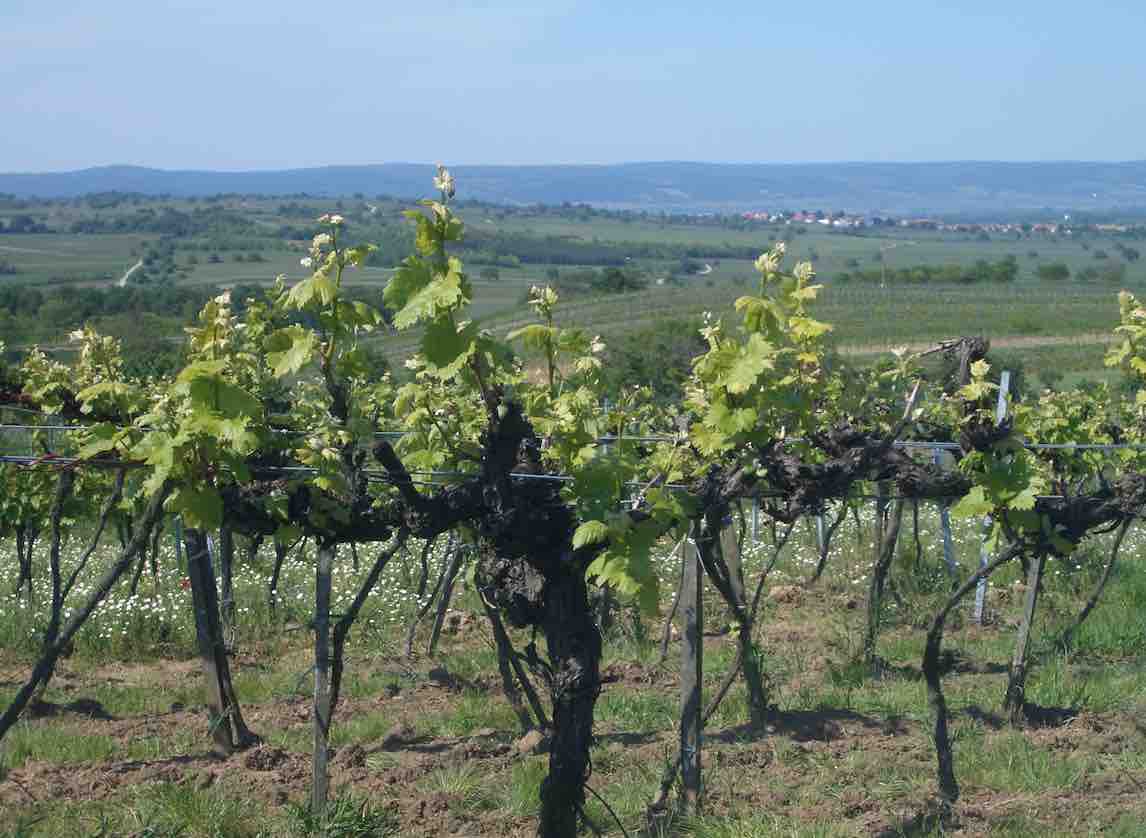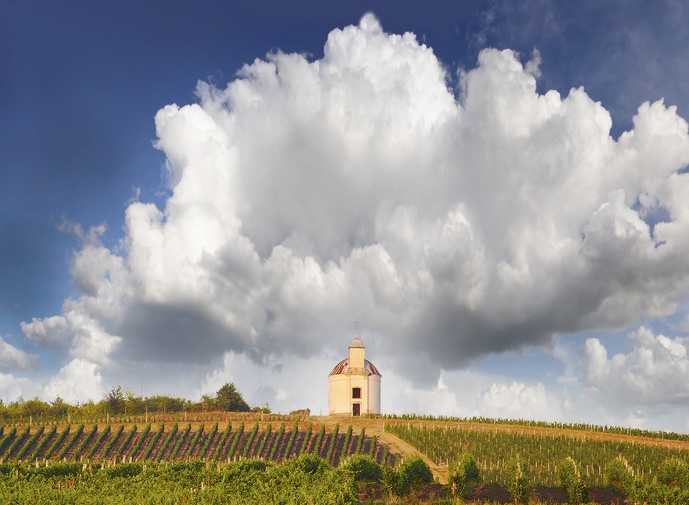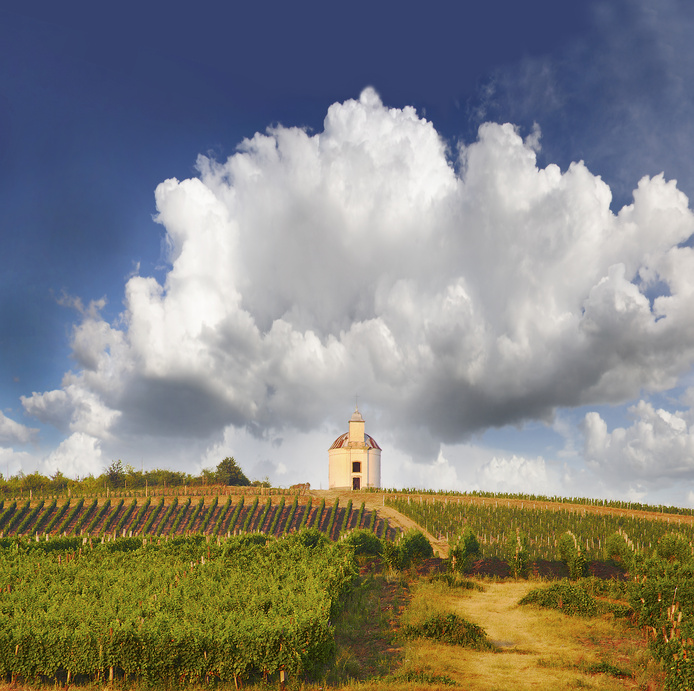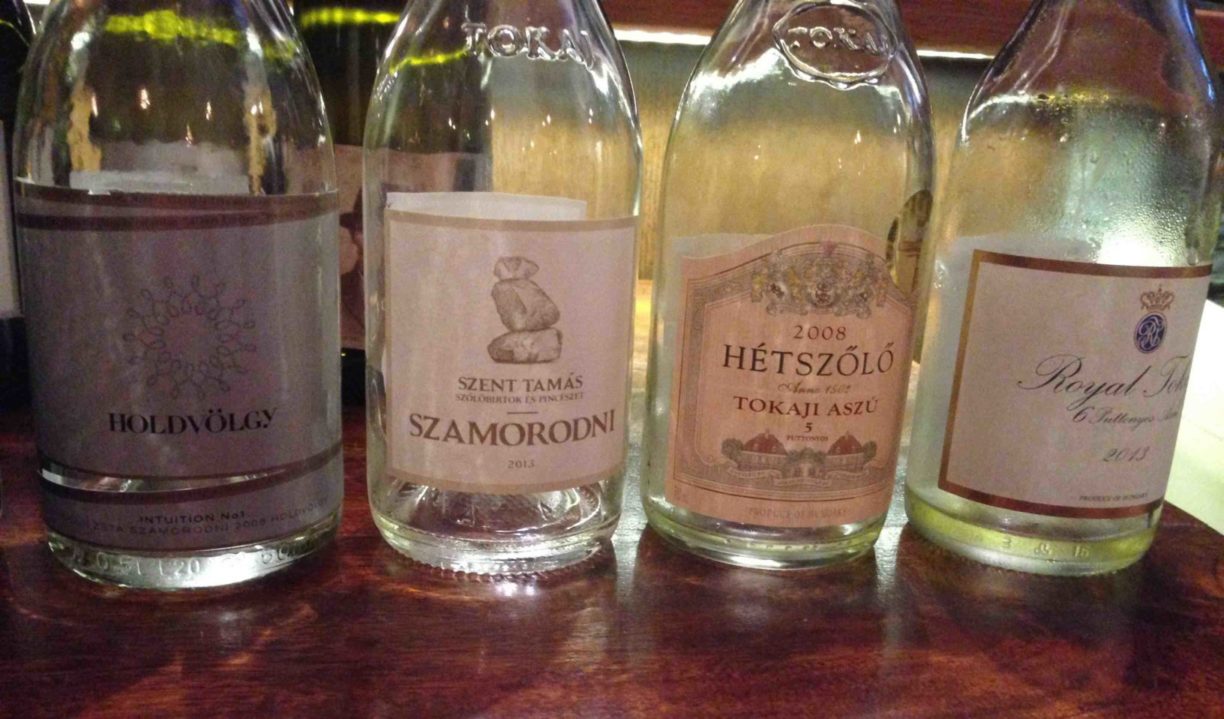
Furmint comes from the Tokaj region in northeastern Hungary, known for its sweet Aszú wines called Tokaji. The late ripening of the variety, the loose grapes with their thin-skinned berries and above all the susceptibility to noble rot (botrytis) make the variety very suitable for the production of sweet wines. However, Furmint also delivers first-class, fiery, full-bodied,


